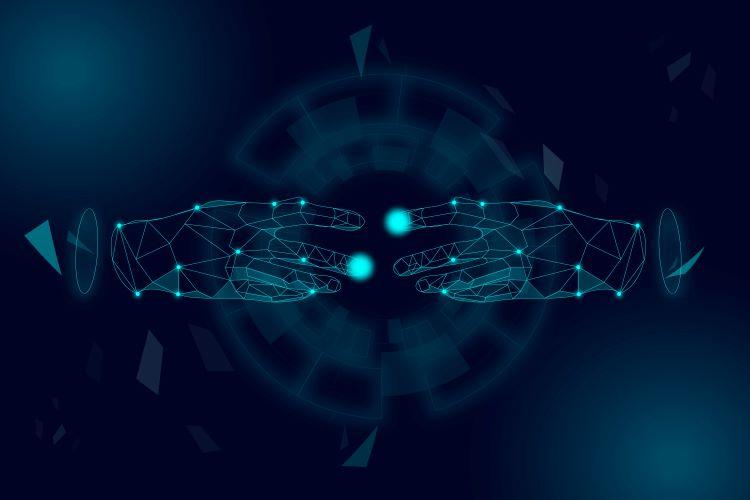
The convergence of digital twin technology and the Internet of Things (IoT) has revolutionized various industries, enabling precise real-time monitoring, simulation, and optimization of physical assets. This article explores the synergy between digital twins and IoT through two examples the alignment of car wheels using simulation machines and the implementation of bathroom light sensors. The IoT and the digital twin technologies are essential in managing these small but valuable machines. These instances showcase these technologies can result in improved efficiency, accuracy, and operational excellence.
Precision wheel alignment using digital twins and IoT
a) Background- Proper wheel alignment is crucial for vehicle safety, fuel efficiency, and tire longevity. Traditional methods involve manual adjustments based on visual inspection, leading to potential errors and inaccuracies.
b) Digital twin implementation- By integrating IoT sensors on a vehicle's wheels and connecting them to a Digital twin simulation machine, mechanics gain real-time insights into alignment parameters. The Digital Twin model uses data from the sensors to virtually replicate the vehicle's current state. This allows mechanics to identify misalignments more accurately and make adjustments remotely.
Benefits
1. Accuracy- The real-time data collected by IoT sensors ensures precise alignment adjustments, eliminating human error.
2. Efficiency- Remote adjustments reduce the need for physical presence, saving time and resources.
3. Predictive Maintenance- Continuous monitoring of alignment parameters enables early detection of potential issues, preventing costly repairs.
Intelligent bathroom light sensors
a) Background- Inefficient energy consumption is a common issue in buildings, with lighting significantly contributing. Traditional lighting systems lack adaptability and intelligence.
b) Digital twin implementation- IoT-enabled light sensors placed in bathrooms, connected to a Digital twin model of the building, allow for real-time adjustments of lighting conditions based on occupancy and natural light levels. The Digital Twin uses sensor data to simulate lighting scenarios, optimizing energy consumption.
Benefits
1. Energy efficiency- Adaptive lighting reduces unnecessary energy consumption, saving costs and reducing environmental impact.
2. Enhanced user-experience- Automatic adjustments provide occupants with optimal lighting conditions, improving comfort.
3. Data-driven insights- The Digital Twin collects data over time, allowing facility managers to analyze usage patterns and make informed decisions.
Conclusion
The alignment of car wheels through simulation machines showcases how remote adjustments and accurate modeling can redefine maintenance practices. Similarly, implementing bathroom light sensors highlights the potential of IoT-enabled devices to optimize resource usage and user experience. As these technologies evolve, their integration is set to reshape various sectors, driving innovation and excellence to new heights.
The author is a manager at Atos Eviden India.
Image Source - Freepik

 In
In
Add new comment